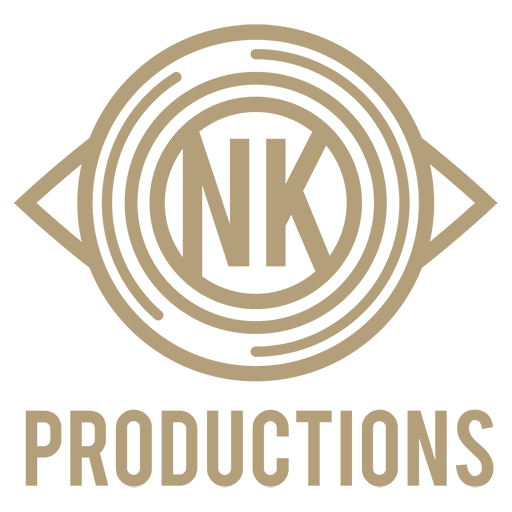Culture and Identity in Nairobi, a Postmodern, Global City
TUKO MOJA
Through factual and fictional, intimate multimedia portrayals of a cross-section of Nairobi dwellers, this collaborative project aims to engage the visitor into questioning the similarities and differences between people in late capitalist, urban environments on a global scale.
LISTEN TO AUDIOVISUAL PORTRAITS
READ/SEE POEMS AND PHOTOGRAPHS ON ISSUES THAT AFFECT NAIROBI DWELLERS
WATCH A VIDEO INSTALLATION ABOUT THE CITY LAYOUT
WATCH STORIES TOLD IN A STORIES’ BOOTH
SEE VISUAL DOCUMENTATION OF THE EXHIBITION AND PHOTOGRAPHS OF THE OPENING NIGHT
METHODOLOGY
Over two years, I portrayed with a large format camera, and had conversations with, a cross section of Nairobians from different economic, cultural and educational backgrounds, place of origin, gender, age, position in society, occupation, etc… All those portrayed came to me in their own time to have their portraits taken. Sometimes we chatted for longer than others (depending on their availability), sometimes the act of picture taking became the subject of conversation, sometimes roles changed and I became the interviewee! Generally, they were treated as guests in my home, rather than subjects. They all came wearing their choice of clothes, and we briefly discussed how they wanted to pose. Some came with suggestions and some let me direct them. Interviews were conducted in a conversational manner, asking open-ended questions and allowing them to say as much or as little as they wanted to on subjects naturally brought up. I have cut out my own interventions as much as possible to leave the viewer alone with the people depicted, however, from time to time, me (or other people at times present) can also be heard in the background.
KENYA COUNTRY FACTS:
POPULATION: 46.000.000 – Just over 3.000.000 live in Nairobi, the capital city (up to 6.000.000 including the whole metropolitan area) Nairobi replaced Machakos as the capital in 1907.
TRIBAL MAKE UP: There are over 40 different tribes in Kenya, with Kikuyus (from the central region) being the majority, and holding on to national governmental power. Other major tribes are Luhya, Luo, Kalenjin, Kamba, Kisii, Meru, Maasai… They all co-habit in Nairobi, together with a sizeable Indian community of mostly traders of 3rd /4th generation Indian descent. There is also a large expat community due to the presence of the UN East Africa Headquarters as well as many other NGOs that use Nairobi as a base for work in the region.
POLITICAL HISTORY: Kenya became independent of British colonial powers in 1963 Nairobi was founded in 1899 by colonial authorities and became the capital, replacing Machakos, in 1907.
LANGUAGE(S): As many as tribes! The official country language is Swahili, but everyone is generally also fluent in their tribe language(s), and education is in English, so most people are trilingual.
CURRENCY: Kenyan Shilling is the local currency. One pound is around 135 shillings currently. Colloquially, they are referred to as Bob. MPESA, a mobile money storing and transfer system run by the national telecommunications giant “Safaricom”, is widely used to pay for everything from a phone bill to vegetables in the market.
SOME BACKGROUND… In the current Kenyan political system, typically, citizens are quite alienated from power, and therefore have to think of life in more family and community centered, practical ways, perhaps typical of a late capitalist economic system where there is no social security system. To compensate for the lack of state-managed safety net for those who cannot access enough money to survive in an oversaturated job market, in Kenyan society there is KUCHANGA, meaning CONTRIBUTE. Kuchanga, (also known as HARAMBEE) is practiced widely, particularly across the less well off, at times of crises, such as a family member needing medical care, births or burials. During those times, the immediate community and family will all chip in to those who need the support. They, in turn, will be supported when their time comes.
PROJECT COLLABORATORS:
PHOTOS, INTERVIEWS & VIDEOS BY nekane (www.nkproductions.org)
HAND PRINTS BY Alan Robertson (alan@2iliffeyard.co.uk)
TEXTS BY Achieng Duro (achiengdro@gmail.com) Carey Baraka (careybaraka@gmail.com) Ivan Irakoze (ivan.irakoze@gmail.com) Jonathan Fraser (jonfraser567@gmail.com) Trizah Fay (trizahfay@gmail.com)
PHOTO FRAMES BY Lola (loladeozamiz@gmail.com)
ILLUSTRATION OF TEXTS AND MAP BY Beth Jarrold (info@bybeth.co.uk)
POSTER & FACEBOOK PAGE BY Aaron Anderson (aaron291094@gmail.com)
WEB SUPPORT BY Leo Brown
AUDIOVISUAL SUPPORT BY Bruno Cuartero
EXHIBITION CURATED BY nekane (www.nkproductions.org)

